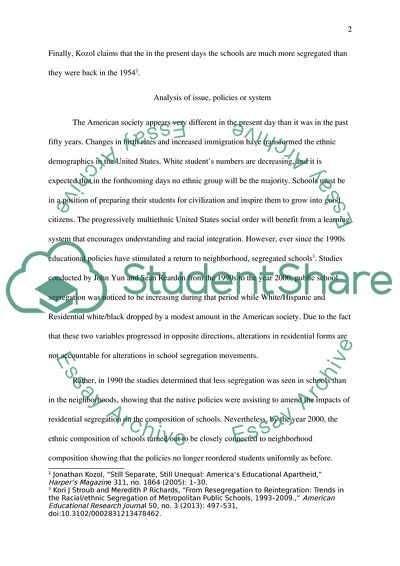Cite this document
(“Segregation In Public Schools In the American Society Research Paper”, n.d.)
Retrieved from https://studentshare.org/social-science/1694643-segregation-in-public-schools-in-the-american-society
Retrieved from https://studentshare.org/social-science/1694643-segregation-in-public-schools-in-the-american-society
(Segregation In Public Schools In the American Society Research Paper)
https://studentshare.org/social-science/1694643-segregation-in-public-schools-in-the-american-society.
https://studentshare.org/social-science/1694643-segregation-in-public-schools-in-the-american-society.
“Segregation In Public Schools In the American Society Research Paper”, n.d. https://studentshare.org/social-science/1694643-segregation-in-public-schools-in-the-american-society.


